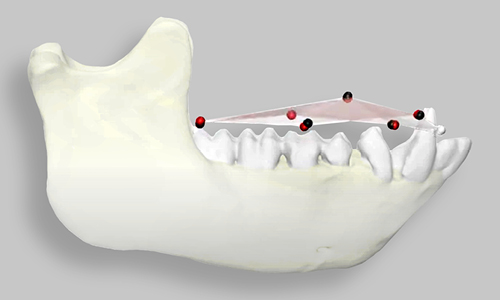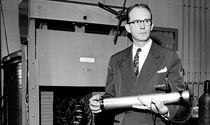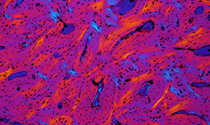|
|
|
|
| |
Climate crisis transforms medical research |
|
| |
|
|
|
|
|
| |
| |
|
|
| |
Chuan He, PhD, inspects crops at the Pritzker Plant Biology Center at UChicago, housed in the greenhouse atop the Biological Sciences Learning Center. |
|
| |
|
|
|
|
| |
|
|
|
|
|
|
|
|
|
| |
|
|
|
| “It’s alive!”: A PhD student designed a living smartwatch that, when cared for, provides its wearer’s health data. |
|
|
|
| |
|
|
|
|
|
|
|
|
|
| |
|
|
|
| Breaking new sound: A team at the Pritzker School of Molecular Engineering likens its newly developed qubits to “noise-canceling headphones” for a quantum computer, reducing error in a fragile system. |
|
|
|
| |
|
|
|
|
|
|
|
|
|
| |
|
|
|
| On fungi, with a fun guy: Field Museum scientist Matthew Nelsen, PhD’14, explains his fascination with the mysteries of mycology. |
|
|
|
| |
|
|
|
|
|
|
|
|
|
| |
| |
|
|
| |
Markers attached to the tongue of rhesus macaques recorded movement during feeding (black dots), while a neural network predicted its shape based on brain wave patterns (red dots). (JD Laurence-Chasen) |
|
| |
|
|
|
|
| |
|
|
|
| |
The tongue is a complex, enigmatic muscle that doesn’t rely on the structure of bones and joints to move around. UChicago researchers use machine learning to predict its movements by decoding the brain activity of macaque monkeys. |
|
| |
|
|
|
|
|
|
|
| |
| |
|
|
| |
The Day Tomorrow Began:
Learn about the history of radiocarbon dating, developed on the UChicago campus in the late 1940s.
|
| |
|
|
|
| |
Visionaries:
See the winner, runner-up, and audience favorite from UChicago’s Science as Art photo contest.
|
| |
|
|
|
|
|
|
| |
|
|
|
|
|
| |
| |
Visit the Alumni & Friends website for stories, podcasts, and other features, curated for you on UChicago Review. Create an account for a more personalized experience. |
|
|
|
| |
|
|
|
|
| |
| |
Sign up to receive µChicago monthly. |
|
|
|
| |
|
|
|
|





